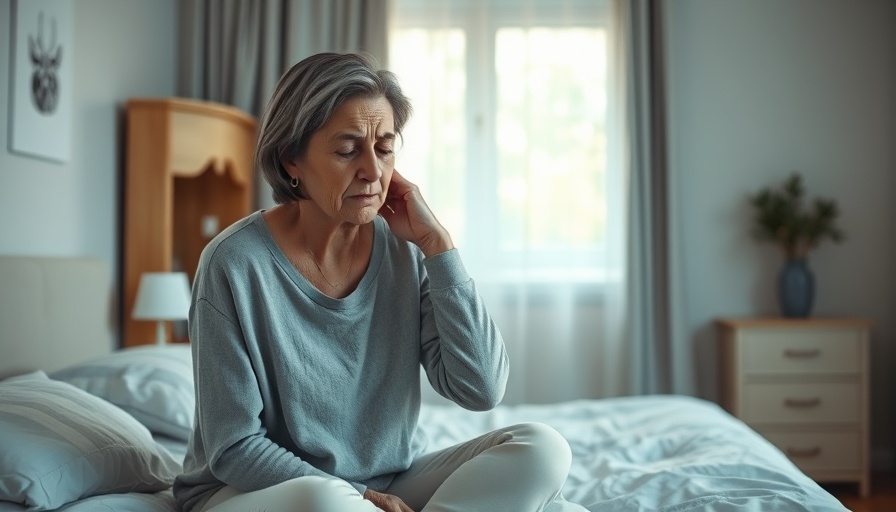
Revolutionizing Daily Steps: The New Wellness Benchmark
For years, many have clung to the 10,000 steps a day mantra, chasing this elusive target with fitness trackers in hand. However, recent research suggests this widely accepted figure might be more myth than reality. A comprehensive study published in The Lancet Public Health has revealed that walking just 7,000 steps is sufficient to significantly reduce the risk of early death and various chronic health issues, reshaping how we approach our daily movement.
The Study Behind the Numbers: What Research Reveals
Dr. Katherine Owen and her team at the University of Sydney meticulously analyzed data from 57 studies involving over 160,000 adults. Their findings debunk the myth that 10,000 steps are necessary for health benefits. Instead, they emphasize that reaching 7,000 steps a day can lower the risk of premature death by a staggering 47% compared to taking just 2,000 steps. This revelation opens up a world of possibilities for individuals who may have struggled to meet the previous recommendation.
Understanding the Implications: Why Fewer Steps Are Enough
As we dive deeper into the study results, it becomes clear that the health benefits associated with taking 7,000 steps are profound. Participants reported a 25% lower risk of heart disease, 37% reduced chance of cancer death, a 14% decline in type 2 diabetes risks, and even a 22% decrease in depression symptoms. This is great news for health-conscious adults in Central Ohio; it signifies that aiming for a daily milestone of 7,000 steps can dramatically enhance personal well-being without overwhelming yourself.
Practical Steps to Achieve Your Daily Goal
You might wonder how to fit 7,000 steps into your daily routine. Experts suggest that it could take around 70 minutes of walking, which is more manageable than it sounds. In fact, incorporating steps into mundane activities can quickly add up; walking to the bathroom, engaging in chores, or even taking a stroll during lunch breaks in the local park contributes to your daily count. It’s about integrating movement into your life seamlessly.
Real-Life Stories of Success: Local Perspectives
Local residents of Central Ohio have embraced this new approach, sharing their personal successes with lowering their step goals. Jane, a 34-year-old nurse, shared, “I always felt pressured to hit 10,000 steps daily. Now, knowing 7,000 is enough, I feel less stressed and more motivated to walk during my breaks.” Stories like Jane's are pivotal as they highlight how adjustments to fitness goals can lead to a more enjoyable and sustainable lifestyle.
The Broader Impact on Mental and Physical Health
Aside from physical well-being, engaging in regular walks has been shown to reduce anxiety and boost overall mood. The emotional benefits can be life-changing. The ease of reaching this goal can encourage individuals to form a consistent habit, creating a positive cycle of improved mental health alongside physical fitness.
Considering Counterarguments: Is Less Truly More?
While many proponents support the new 7,000-step benchmark, some wellness advocates still defend the traditional 10,000-step guideline, arguing that settling for fewer steps might lure individuals into complacency. However, incorporating 7,000 steps as a realistic target can lead to sustained long-term participation in physical activities, ultimately supporting a healthier lifestyle.
Wrapping Up: The Road to Healthier Living
As we embrace these insights from recent research, it’s essential to encourage a culture that focuses on attainable goals rather than unattainable benchmarks. Taking steps toward a healthier lifestyle is within everyone's reach—literally! So why not take a moment today to appreciate those extra steps you're taking? Consider challenging a friend to join you in reaching at least 7,000 steps, or simply take a moment to savor your next walk.
Whether you're in the bustling streets of Columbus or the serene vistas of Central Ohio's parks, every step counts towards a healthier and longer life. Let's celebrate movement in all its forms as we strive for a better, healthier tomorrow.
 Add Row
Add Row  Add
Add 




Write A Comment